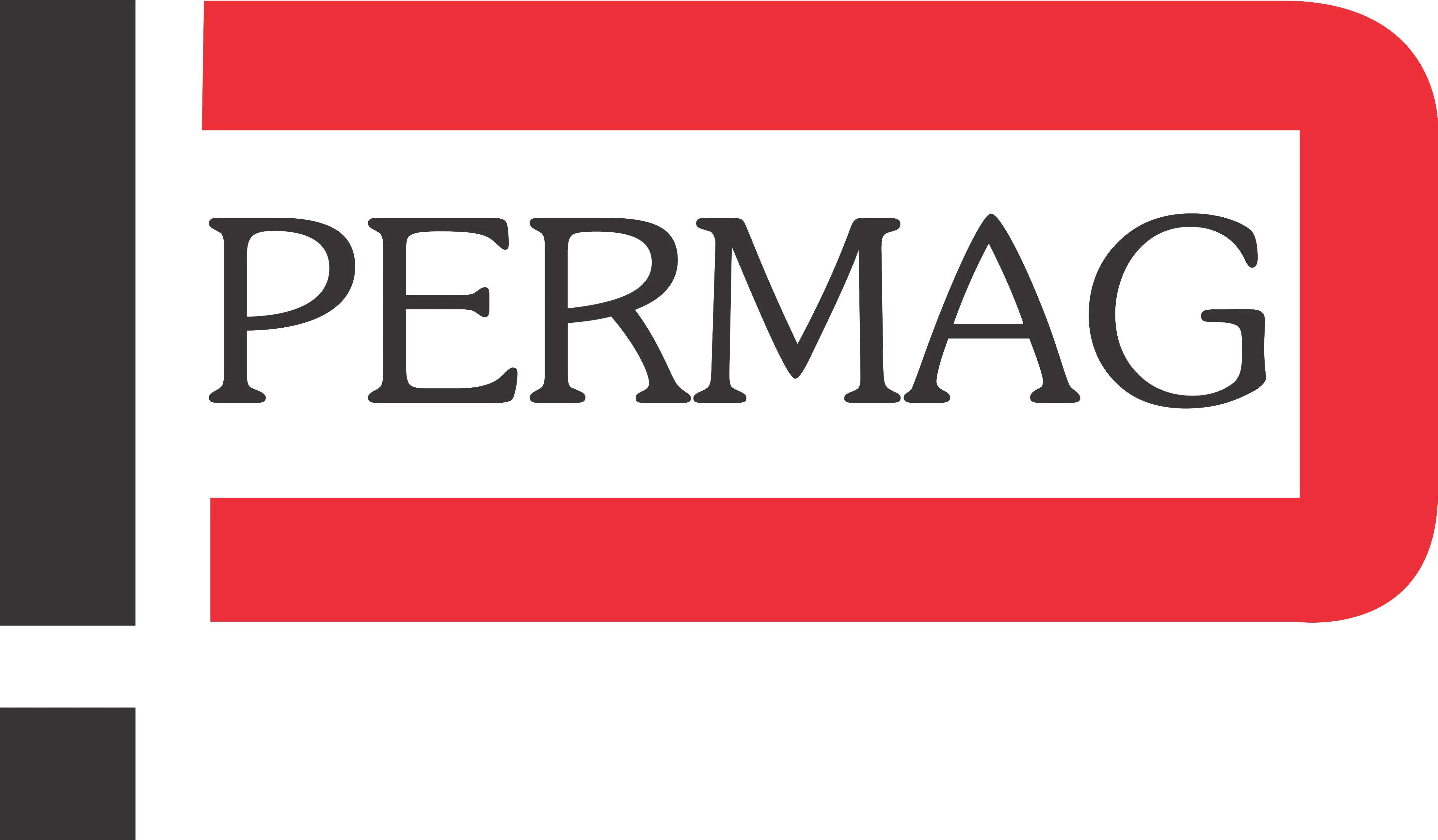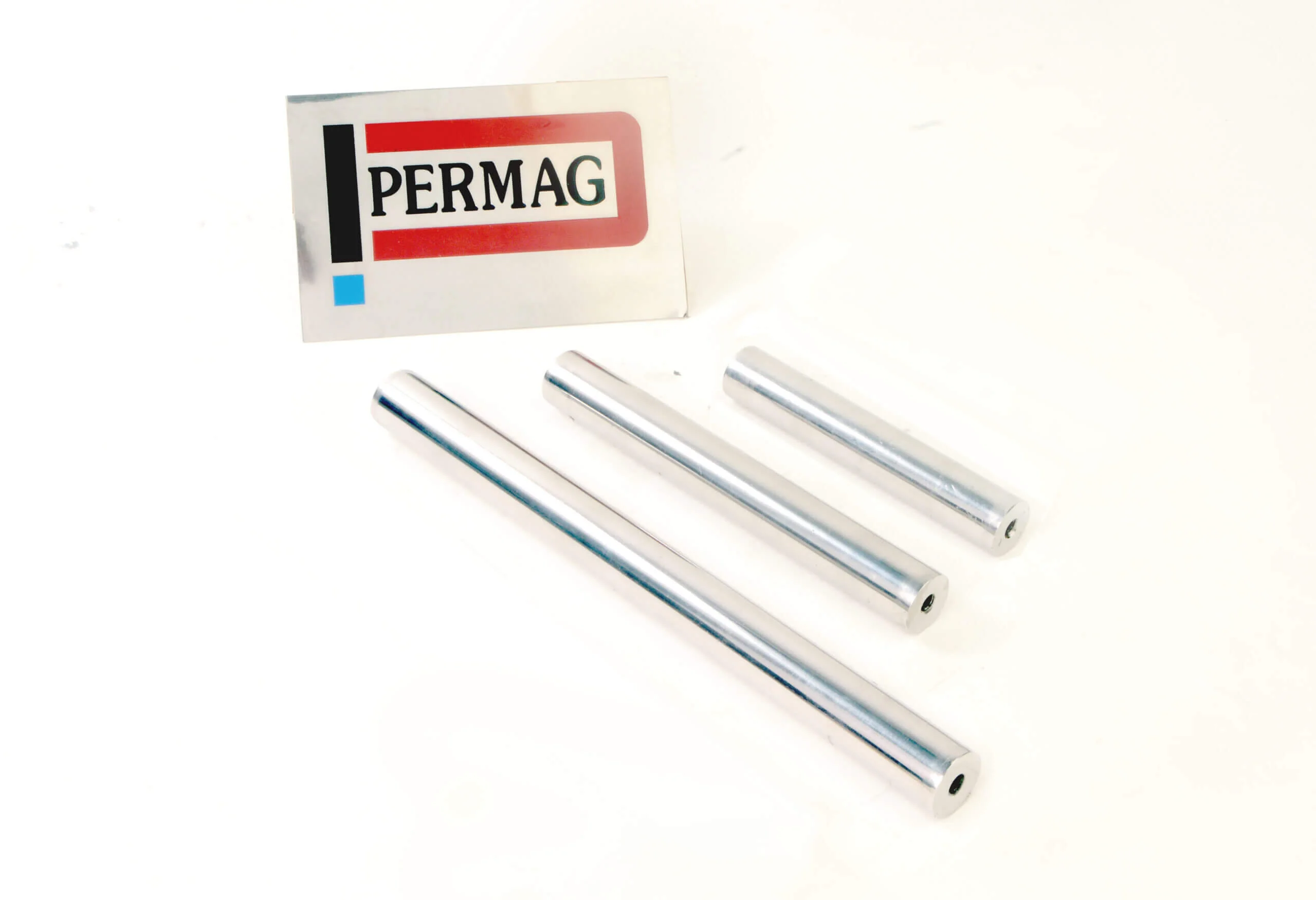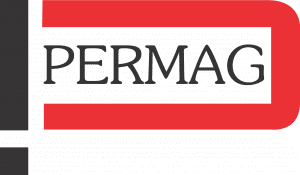In the era of Industry 4.0, artificial intelligence (AI) is making significant strides in transforming traditional manufacturing processes. One such area witnessing a technological revolution is magnetic rod manufacturing. AI-powered innovations are reshaping the landscape, enhancing efficiency, precision, and overall productivity. In this blog post, we’ll delve into the fascinating realm of AI-driven advancements in magnetic rod manufacturing and their implications for the industry.
The Role of AI in Magnetic Rod Manufacturing:
Automated Quality Control:
- AI algorithms have revolutionized the quality control process in magnetic rod manufacturing. Machine learning models can analyze vast amounts of data, identifying imperfections, defects, or irregularities in the rods with unparalleled accuracy. This not only improves the quality of the final product but also streamlines the inspection process, reducing the likelihood of human error.
Predictive Maintenance:
- AI plays a crucial role in predictive maintenance, a proactive approach to equipment upkeep. By analyzing data from sensors and historical performance, AI models can predict when machinery is likely to require maintenance. This ensures that magnetic rod manufacturing equipment operates at peak efficiency, minimizing downtime and optimizing production schedules.
Process Optimization:
- Machine learning algorithms can analyze various parameters involved in the manufacturing process, optimizing settings for enhanced efficiency. From material selection to production speed, AI can recommend adjustments in real time to maximize output while maintaining quality standards.
Energy Efficiency:
- AI-driven systems contribute to energy conservation by optimizing power consumption during the manufacturing process. By intelligently adjusting equipment settings and identifying opportunities for energy savings, AI helps manufacturers reduce their environmental footprint and operational costs.
Supply Chain Optimization:
- AI is invaluable in optimizing the supply chain for magnetic rod manufacturing. Predictive analytics can anticipate fluctuations in demand, allowing manufacturers to adjust inventory levels, plan production schedules, and optimize logistics. This leads to reduced waste, better resource utilization, and improved overall supply chain resilience.
Benefits of AI-Powered Magnetic Rod Manufacturing:
Increased Production Efficiency:
- AI-driven optimizations result in increased production efficiency, reducing cycle times and enhancing overall output. Manufacturers can meet demand more effectively without compromising on the quality of magnetic rods.
Enhanced Quality Assurance:
- Automated quality control powered by AI ensures that each magnetic rod meets stringent quality standards. This not only reduces the likelihood of defects reaching the market but also enhances customer satisfaction and trust.
Cost Savings:
- Through process optimization, predictive maintenance, and energy efficiency, AI contributes to significant cost savings for manufacturers. This allows businesses to allocate resources more strategically and remain competitive in the market.
Innovation and Customization:
- AI opens doors for innovation in magnetic rod design and customization. Manufacturers can leverage AI to experiment with new materials, shapes, and functionalities, meeting the evolving needs of industries that rely on magnetic rods.
AI-powered innovations in magnetic rod manufacturing represent a paradigm shift in the industry. By harnessing the capabilities of artificial intelligence, manufacturers can achieve unprecedented levels of efficiency, precision, and sustainability. As the synergy between AI and manufacturing continues to evolve, we can anticipate further advancements that will redefine how magnetic rods and other industrial components are produced, setting new standards for excellence in the manufacturing sector.


